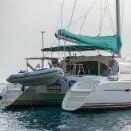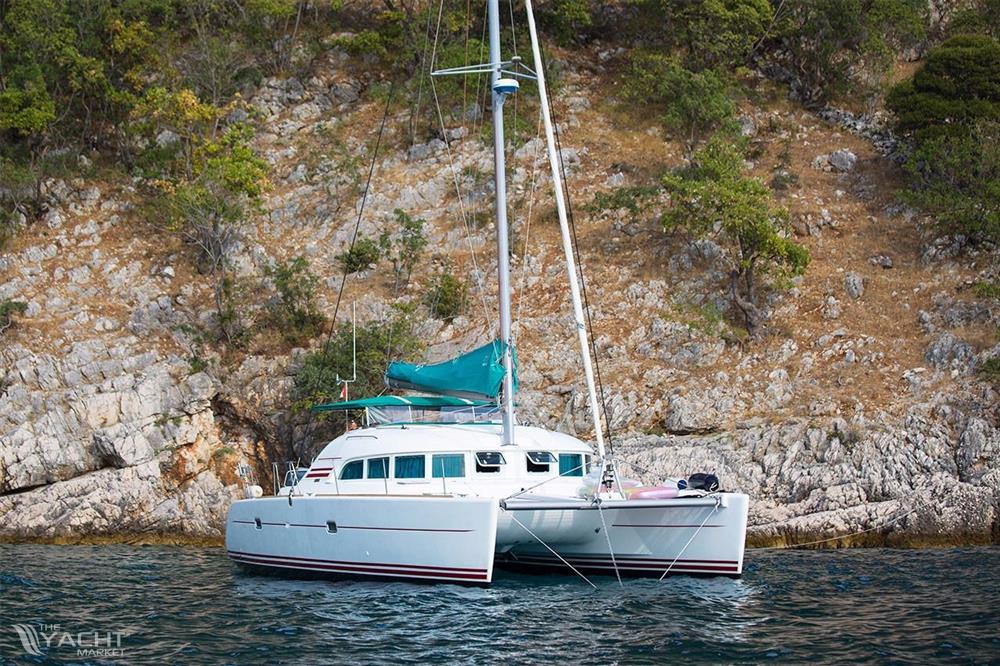-
Posts
42,615 -
Joined
-
Last visited
-
Days Won
130
Content Type
Profiles
Forums
Events
Gallery
Blogs
Store
Everything posted by Alan de Enfield
-
This post cannot be displayed because it is in a forum which requires at least 10 posts to view.
-
Remember who you are talking to.
-
What country do you think the OPs boat is in ? If you provided the correct information then there would be no argument..
-
Is a king size bed bigger than a queen size bed? In the UK, king size beds are substantially bigger than queen size beds. A standard UK king size bed measures 150cm x 200cm. This means that it is 30cm wider and 10cm longer than a queen (or small double) bed. How Big is a Queen Size Bed? - Bensons for Beds
-
I think you may have those reversed. A standard sized Queen is 60" x 80" whilst a King is 76" x 80"
-
Why don't you plan ahead rather than expect a 'next day' to be available for you. Ocado should suit you down to the ground with that shopping list. Ocado = M&S
-

New(ish) Vetus Bow Thruster (BOW9512C) not working
Alan de Enfield replied to Daltonia's topic in Boat Building & Maintenance
He last visited the forum in April 2018. -
Ours, (frame and canvas) for a narrowboat, was over £2000 20 years ago so so I'd reckon that would be £5000 now, and for a big sterned WB I 'wouldn't be surprised if a good quality one wasn;t approaching £9000. There is a lot of canvas and frame weight and wind resistance on a fat boat so the whole thing needs to be strong.
-
You maybe able to modify the canvas cover, but it will be extremely difficult to mofify the framework - a pivot point, or fixing only (say) an inch out of place will mean it not working, as every boat is different even from the same manufacturers, pram hoods etc need to be made to measure. I'd bet that this 12' 6" WB is a different shape to your 12' 6" WB
-
I run drills, jigsaw, (700w) microwave, (900w) toaster, (900w) kettle & (1500w) toastie maker (not all at the same time) from my 1800w Inverter. I have a 6x 230Ah battery bank.
-
On the subject of drink driving the latest figures released show : Drink-drive deaths hit ‘abhorrent’ level of the 1980s (thetimes.com) Drink-driving deaths have returned to the levels of the late Eighties after a sharp fall in the number of road traffic police. An estimated 300 people were killed in crashes where at least one driver was over the legal alcohol limit in 2022, according to Department for Transport (DfT) statistics.
-
Thats fine when the sun shines, but November until about March you'll be getting nothing from the Solar. If you only want to run a microwave why buy a 3kw inverter ? My 1800w inverter runs my microwave. Surely you charge your phones directly from yout boat batteries - it is stupidity to 'make' 12v DC, then convert it to 230v AC, then convert it to 5v DC (with all the losses involved) NB - you'll probably find you TV is actually 12v (even tho it may have a 230v plug on it)
-
What is the 3rd option ? You only have two options if you have "a choice".
-
Just remember that a 3000w inverter (if using full power) will be drawing about 300amps from your batteries, so, for example a 100Ah battery will be 'flat' (50% SoC) in 10 minutes. You will need a very large battery bank, and means of recharging them in addition to the cost of the inverter. Bear in mind that your electrical system is a combination of many components and you cannot change one with having an effect on the others. A bit like putting a 1000hp engine in a Mini and expecting the clutch, gear box and brakes to be able to handle the power.
-

Isuzu 1.5L Diesel Tempest Captain
Alan de Enfield replied to LeeRiviera's topic in Boat Building & Maintenance
This pump is for pumping the oil out of the engine (oil change). There should be (but may not be) an 'on - off' tap between the pump handle and the pipe that goes into the bottom of the engine. Turn tap on. Put the end of the blue pipe into a container Pump until container is full - empty container Repeat, repeat until no more oil comes out. Change oil filter and fill the filter with oil, Refit filter (complete with oil) Top oil up thru the filler cap.(The black plastic cap with silver paint on it - next to the Tempest plaque) -
You mean that they are not the 35ml ones ! If they are still using the old 25ml optics they should be boycotted !
-
Using your back allows the use of the strongest muscles in your body - your thighs, and stops potential back damage caused by pushing with a bent back that a 'forward push' requires
- 50 replies
-
- 3
-

-
- vlockie instructions
- operating locks
-
(and 1 more)
Tagged with:
-
The economic cost of the 20mph blanket limit has been evaluated in Wales, and aside of the frustrations it has shown that the financial cost to commercial vehicle operators has been enormous as they have been unable to make as many deliveries, have run out of 'tacho-time' and have actually increased their fuel usage. Haulage firms work on very tight timings to maximise the vehicle usage and payback and the 20 mph cocks everything up. I remember from when I was in the ranks of the employed that more and more customers were working on 'JIT' and giving us timed slots of 20 minutes to arrive, unload, and depart. The Welsh scheme to reduce the default speed limit for 'restricted roads' from 30mph affects 7,700 miles of road. The speed limit reduction to 20mph affects 'restricted roads' - those with 'street lights spaced no more than 200 yards apart, usually located in residential and built-up areas'. According to its own impact assessment, the 'main economic dis-benefit' of the new regime 'relates to increased journey times from lower average vehicle speeds'. It states that this could result in an economic hit of up to £9 billion over 30 years.
-
And just as Wales announces that the 20mph speed limit has been a disaster & will be removed and return to 30 (except for around schools ) English Councils announce the introduction of the 'county wide' implementation of the 20mph zones - the 1st announcement being Cambridgeshire. A major UK city has approved the rollout of 20mph speed limit zones despite receiving backlash from local drivers. The zones will be in place across Cambridgeshire with the town of Huntingdon set to lower its speed limits later this year. The speed limit was agreed at the latest Highways and Transport Committee meeting and comes after a consultation period in which drivers shared their thoughts. Despite receiving objections from the public, the council has decided to go ahead with the scheme anyway.
-
Last year we did well over 1000 miles (including the NC500 - basically a single track road with passing places), we went South to North, West (Fort William) along the canal to Inverness , Glasgow, Largs and Dumfries and all over the place and commented how much better all classes of roads are than at home.
-
About 5 weeks ago actually - would you class that as recently ? We came up from Seahouses, stayed just outside Edinburgh and then thru Edinbugh, to Blair Athol Castle where we stayed overnight - then up to 30 miles North of inverness. Stayed there 3 weeks touring around the Highlands, back down to Perth across to Glasgow (thru the LEZ in our smelly 27 year old exempt diesel) then down to Cumbria for a week. Now been in Wales for a week.
-
If you look into the middle distance, you can just see the 'Trent Lock Monster' (Father of the Loch Ness monster) sufacing and swimming across the river





